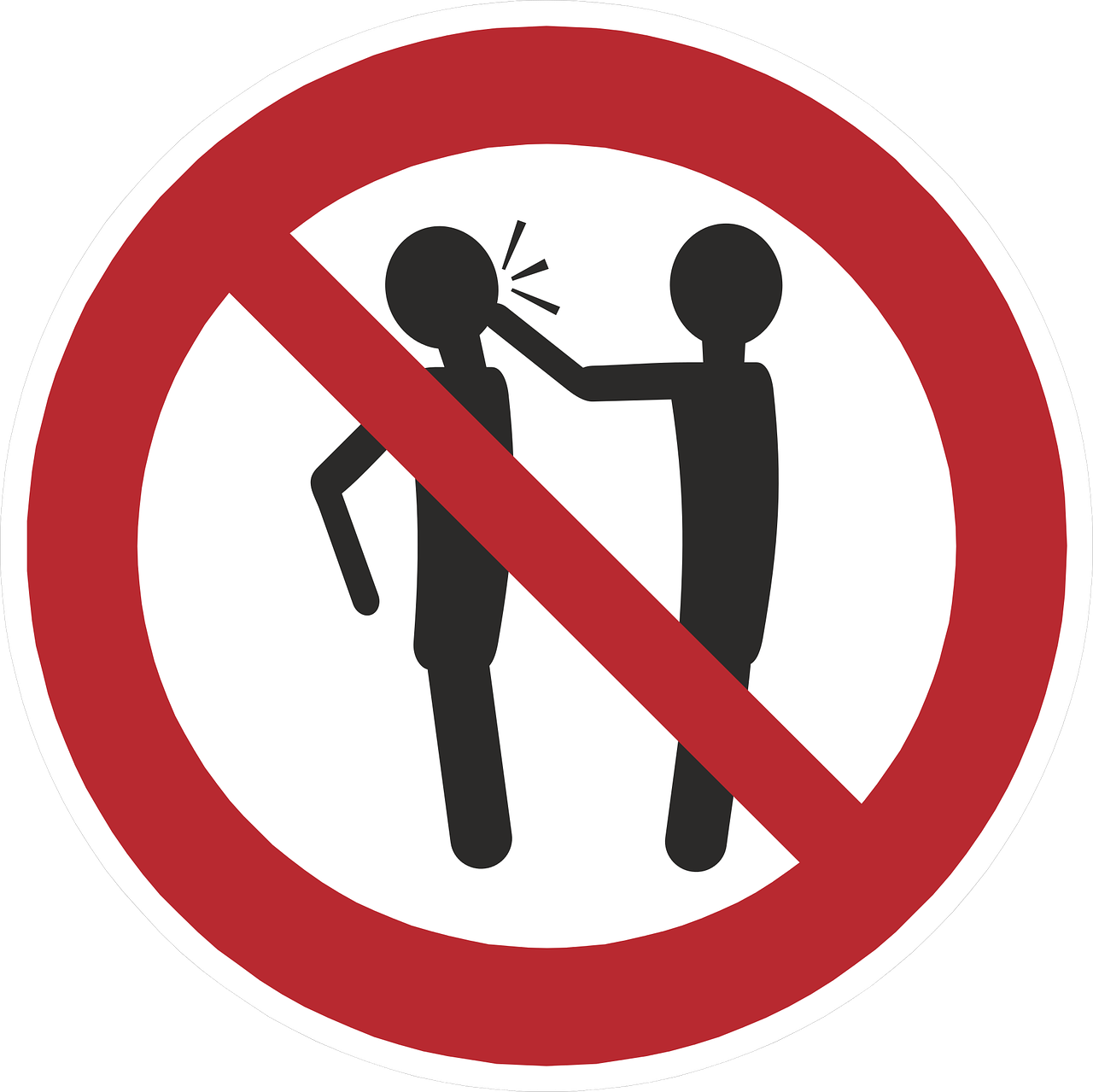School-related gender-based violence: A call for action in occupational therapy
DOI:
https://doi.org/10.17159/2310-3833/2024/vol54no2a11Keywords:
SRGBV, human rights, Department of Basic Education (DBE), school-based occupational therapy, occupational justice, life skills interventions, Participatory Occupational Justice Framework, INSPIRE framework, SRGBV, school-based occupational therap, occupational justice, life skills interventions, Particpatory Occupational Justice Framework, INSPIRE FrameworkAbstract
School-related Gender-based Violence (SRGBV) is a sub-set of gender-based violence (GBV) that occurs in primary and secondary school settings. SRGBV is a daunting reality, a crime against humanity, and therefore a human rights issue. Responsive SRGBV programmes need to be dynamic, and determined by the needs of communities and learners. If the Department of Basic Education (DBE) wants to remain relevant in supporting communities into becoming safe spaces for all, it needs to promote safe community models with adequate flexibility. Although school-based occupational therapists are a human resource of the DBE, traditionally occupational therapists have not been involved in addressing SRGBV in school settings in South Africa. This opinion paper elaborates on the context within which school-based occupational therapists can reframe SRGBV as an occupational injustice, and develop life skills interventions that address SRGBV. Recommendations for action are made using existing frameworks such as the Participatory Occupational Justice Framework, and the INSPIRE framework of the United Nations. It encourages school-based occupational therapists to become activists that promote occupational justice, and are leaders in the prevention of and intervention for SRGBV.
Downloads
References
See PDF for full list of references

Downloads
Published
Issue
Section
License
Copyright (c) 2024 South African Journal of Occupational Therapy

This work is licensed under a Creative Commons Attribution-NonCommercial-NoDerivatives 4.0 International License.
How to Cite
- Abstract 185
- PDF 85



.png)